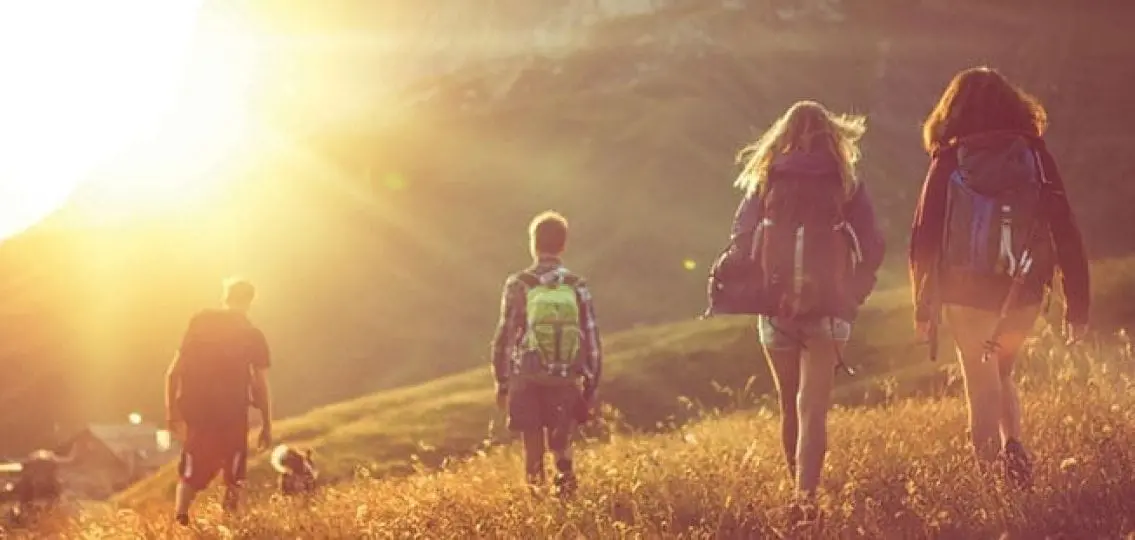The idea that wilderness nourishes the soul is as old as the ancient texts of catharsis. Memoirs like Cheryl Strayed’s Wild and Aspen Matis’ Girl in the Woods shine a light on people seeking psychological healing in nature. Meanwhile, wilderness therapy programs for troubled adolescents (including those battling ADHD, bipolar disorder, addiction, and substance abuse) have attracted less positive attention.

Some programs have come under fire for using cruel transportation strategies, such as having paid escorts essentially abduct teens from their bedrooms in the middle of the night. Reports of abuse, neglect, and even preventable death, have led to arrests, program shutdowns, and media firestorms.
But that tide may be turning, according to licensed marriage and family therapist, Jason McKeown, M.S., director of family services at Trails Family Institute in North Carolina.
Industry-wide improvements, including more research and stricter state licensing, mean a growing number of adolescents are hitting the trail in attempt to quiet their demons.
Dating back to 2008, studies reported that wilderness therapy boosts self-esteem and improves social skills, even 18 months post-treatment. While most of these studies were funded by the wilderness industry, some independent insurers have also concluded that wilderness therapy for teens is as effective as other psychotherapeutic programs, if not more so.
The advantage of these programs, of course, is nature. Wilderness offers unparalleled access to the adolescent psyche, away from the influence of friends, family, and basic teen “necessities”. That means no showers, shelter, non-dehydrated food, iPhones, or other digital staples.
“Unlike conventional psychotherapy where patients sit with a psychologist for one hour a week, wilderness therapy allows us to see kids in a challenging environment. It lets us assess how they react to obstacles and tailor treatments accordingly,” says McKeown.
McKeown claims one hour in the wilderness provides more insight about a child than two days in a hospital setting.
Surviving the challenges inherent in the great outdoors requires determination, communication, and teamwork. Kids are equipped with food, water, a sleeping bag, and other essentials, and treks are emotionally and physically demanding.
But there are other kinds of outdoor opportunities, too. Equine therapy helps children learn to control their impulses, develop trust, and establish and maintain boundaries while riding and caring for horses.
“Kids don’t feel threatened in relationships with animals the way they do with people,” explains McKeown. “They learn that when they control their own anxiety, the horse calms down, too. That self regulation is critical to their ability to re-adjust to the family environment.”
Before you drop your kid off in the mountains for a two-month trek, consider the child’s specific mental and physical health issues.
“If a child has severe anxiety, dropping them off in the woods may not be the best idea,” says Nicole Bush, Ph.D., assistant professor of psychiatry and pediatrics at the University of California San Francisco. Bush cautions that wilderness therapy is big business. “Often the recruitment, enrollment, and retention policies are based much more on financial gains than the child’s well-being,” she says.
In fact, in roughly 90 percent of cases, wilderness therapists recommend kids continue with a residential treatment program or boarding school after the program ends. “If that’s the case, how effective was their program?” questions Bush.

While wilderness therapy has staunch supporters and vocal critics, both camps agree parents of troubled teens need more options. The most effective therapies for troubled kids get the child’s buy-in, even soliciting their help to plan the treatment process. For a subset of kids, wilderness therapy fits the bill. The key, of course, is selecting a top-notch program, one that includes family involvement.




